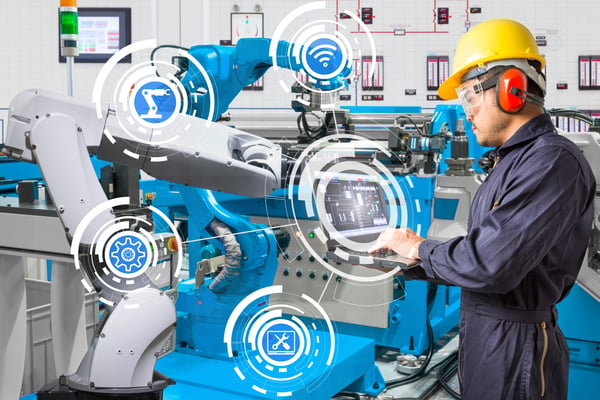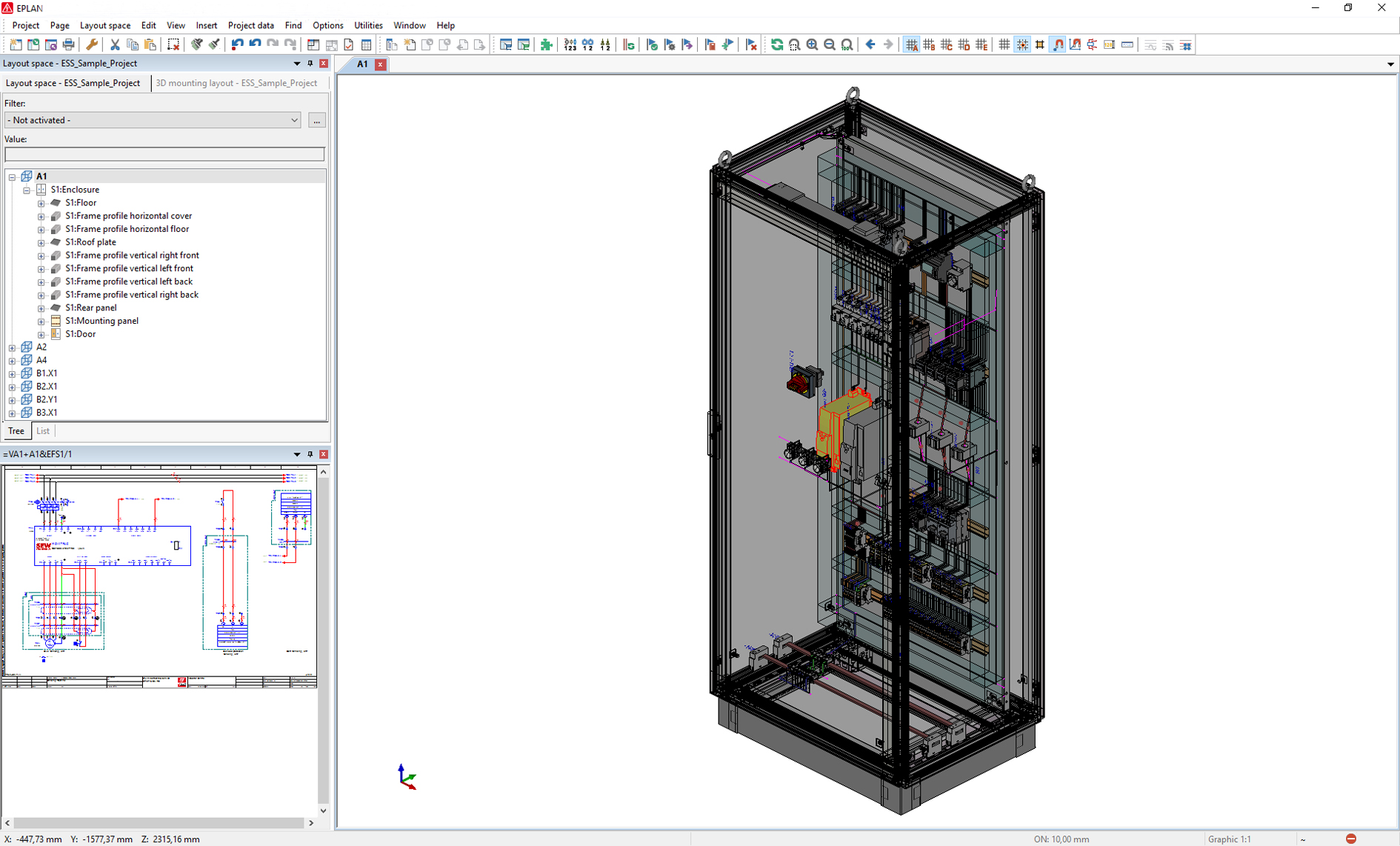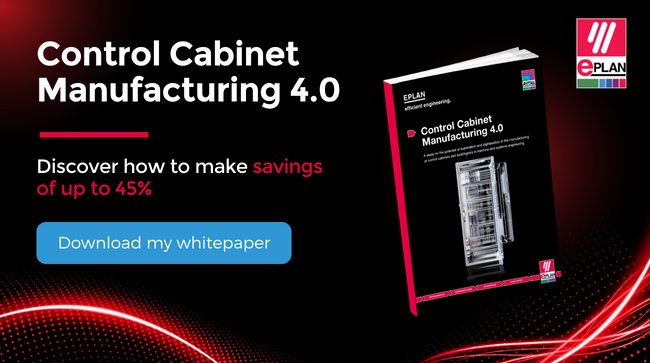Author
 Tony Ward
Tony has been working successfully as a Regional Sales Manager in the UK for the past 16 years. This has involved dealing with companies of all sizes, understanding their situation and business issues in order to offer the right solution to them. Successes of note have been Nissan in the UK and James Fisher Nuclear. Tony has also worked on international accounts such as Coca Cola, being responsible for the sale and roll out of EPLAN across the UK.
ward.t@eplan.co.uk
Tony Ward auf LinkedIn
Tony Ward
Tony has been working successfully as a Regional Sales Manager in the UK for the past 16 years. This has involved dealing with companies of all sizes, understanding their situation and business issues in order to offer the right solution to them. Successes of note have been Nissan in the UK and James Fisher Nuclear. Tony has also worked on international accounts such as Coca Cola, being responsible for the sale and roll out of EPLAN across the UK.
ward.t@eplan.co.uk
Tony Ward auf LinkedIn
Top 3 Trends in Control Cabinet Manufacturing
1. Components will have greater complexity and more software
Electrical components will become even more complex, which makes easy access to accurate data essential for the design engineers that will be using them. They will also be more software-based, and the design effort in engineering departments will need to be refocused to allow for this. These developments will, in many respects, provide more options and greater design freedoms, but this will in turn mean increased attention will need to be given to the testing of both software and hardware.
2. Growing decentralisation will move components into the field
Modern industrial applications are complex and engineers are increasingly finding that it is more convenient and more economical to provide control and processing power in the field, close to where it is ultimately used, rather than producing a large centralised control cabinet. This trend toward decentralisation reduces wiring costs and, if local functionality and diagnostic facilities are provided, it also makes maintenance and faultfinding faster and easier. Primary control functions will still be managed via a central control cabinet but this will have a greatly reduced level of complexity.

3. Outsourcing
The most recent survey we carried out shows that in-house control cabinet manufacturing happens in around 78% of companies. Turn this figure on its head, and it means that the manufacture of over 20% of control cabinets – that’s one cabinet in five – for a machine or system is already outsourced. This is because time and cost pressures mean that some companies – especially those with a low annual requirement for control cabinets and switchgear – are asking themselves whether it still makes good business sense to maintain the resources needed for in-house control panel design and manufacture.
Other companies are looking at a “half-way house”, where they continue manufacturing their own control cabinets, but buy in assemblies such as pre-configured terminal strips and wiring harnesses. The extent to which the trend towards outsourcing will continue is difficult to predict. However, what is certain is that this trend will provide attractive opportunities for dedicated panel builders, especially when the decreasing number of skilled electrical engineers in manufacturing companies and the general tightening of overall manufacturing budgets is taken into account.
Our experts and engineers have produced a lot more information that’s of special interest to control panel and switchgear manufacturers, and have put it all into a study that’s an indispensable read for engineers and managers working in this sector. Your copy is just a few clicks away.



Comments